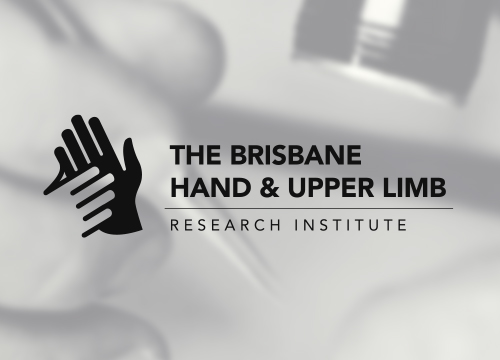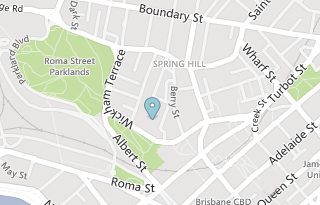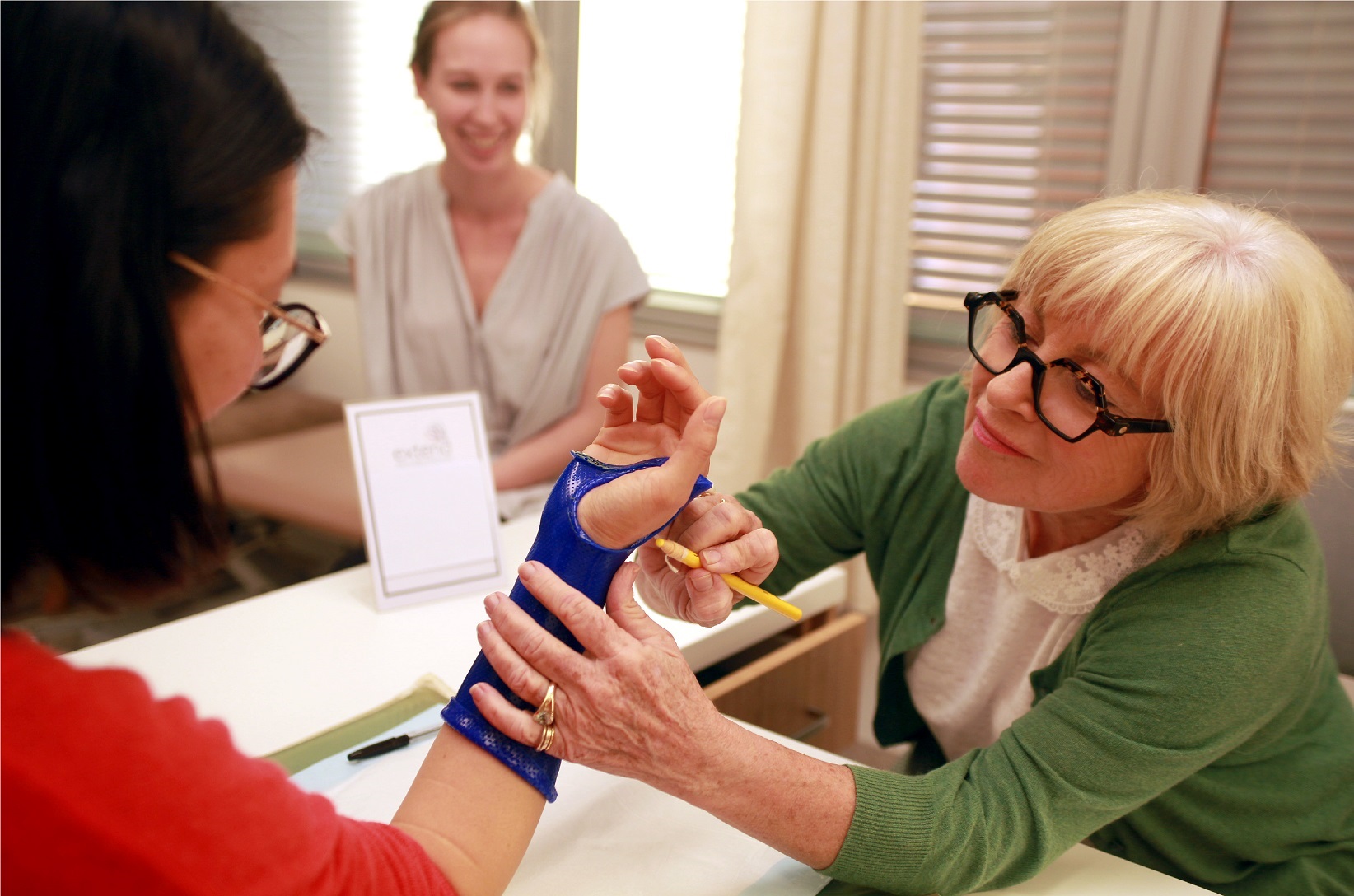Ross M and Couzens GB
Journal of Hand Surgery 2013; 38(10): e51.
DOI: 10.1016/j.jhsa.2013.08.081
Hypothesis: Our technique for transosseous scapholunate (SL) ligament (SLL) reconstruction yields reliable and satisfactory results compared with published surgical techniques.
Methods: We present a consecutive prospective cohort of patients who had an SLL reconstruction using a technique developed by the authors. This technique builds on the concepts of the Brunelli reconstruction and the 3-ligament tenodesis reconstruction of Garcia-Elias et al. A strip of flexor carpi radialis is left attached distally and passed volar to the STT joint to control scaphoid flexion. The same graft is used to reconstruct the SLL. However, security and tensioning of the graft and reduction of the SL interval are improved by passing the graft centrally through the scaphoid, lunate, and triquetrum. The graft is secured by interference-screw fixation into the triquetrum. Further passage of the graft dorsally from triquetrum to scaphoid augments the dorsal-intercarpal ligament. We report on the first 11 patients reviewed at an average of 14 months postoperation (range, 12-24 mo). We excluded patients with concomitant trauma to the same upper limb. Clinical and radiological outcomes were measured preoperatively and at defined intervals postoperation.
Results: Patients were between 23 and 54 years of age at surgery; 81.8% were male. The operative hand was dominant in 91%. There was an average of 11.5 months from the time of injury to surgery (range, 4-30 mo). A total of 72% had static deformity of the SL articulation. Results of the Quick-Disabilities of the Arm, Shoulder, and Hand questionnaire improved from a preoperative mean average of 50 (SD, 15.22) to 21.2 (SD, 15.33). Patient-Rated Wrist Evaluation score improved from a mean of 43.1 (SD, 7.25) to 18.92 (SD, 11.87). Grip strength (Jamar dynamometer) improved from 37.4 kgf (SD, 17.35 kgf) to 44.4 kgf (SD, 5.04 kgf). Pain during normal activity (100 mm, visual analog scale) improved from 17.8 (SD, 6.54) to 13.56 (SD, 13.99). Flexion-extension total arc of movement reduced from 130.18 (SD, 6.85) to 102.27 (SD, 26.65). On x-ray, the SL interval improved from 4.18 mm (SD, 0.603 mm) to 1.627 mm (SD, 0.660 mm). The SL angle improved from 80.45 (SD, 5.68) to 56.82 (SD, 5.13). We observed 1 complication in a patient who initially recovered well and returned to professional football. At 10 months postsurgery, he experienced a high-energy hyperextension injury and fractured the lunate (dorsal third). He was treated with a scaphocapitolunate arthrodesis.
Summary:
- This technique builds on the features of previous SLL reconstructions and offers greater ease of reduction and improved graft security.
- Graft placement close to the rotational axis of the SL articulation allows balanced reduction without favoring either dorsal or volar gap closure.
- This technique has demonstrated excellent results in treating patients with static deformity, a challenging group with previous techniques.




